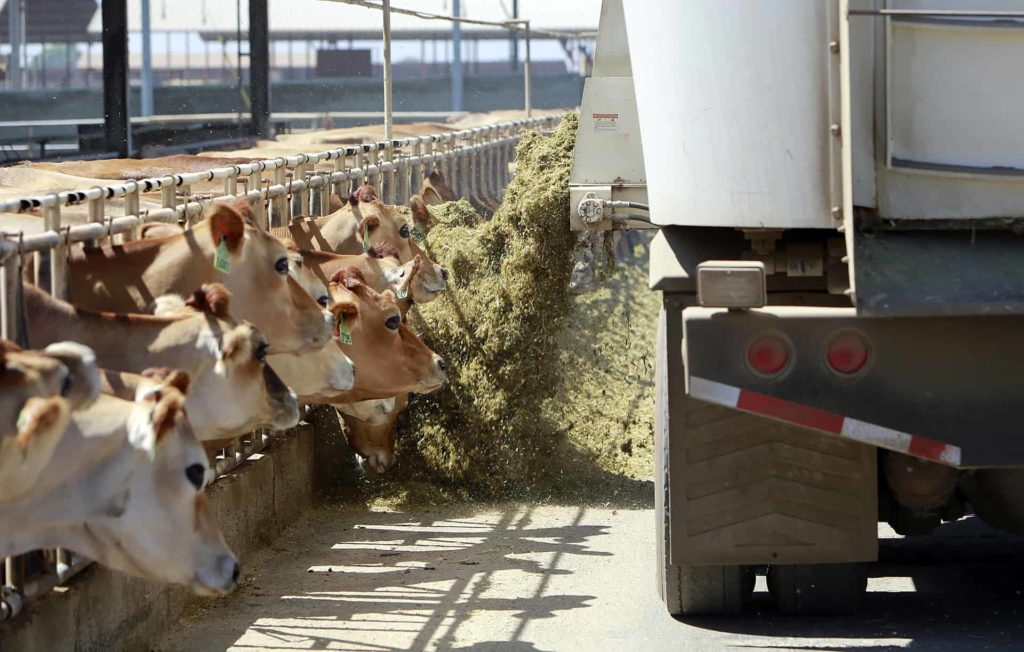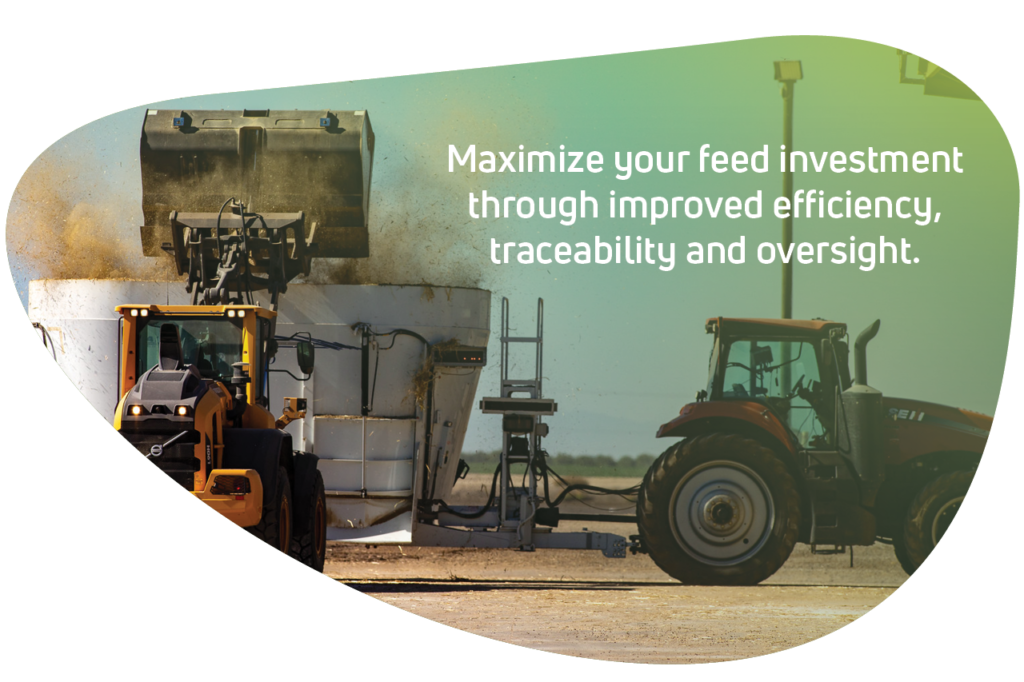Feeding dairy cows: Lower costs with these dos and don'ts
Feed prices are on the verge of being at their highest level in years. In turn, this has caused some major concern for dairy producers who are already facing tight margins.
However, when considering your options to lower your feed bill, there are some do’s and don’ts. Jordan Kraft-Lambert, vice president of business development at VAS, along with Mark Schlaefer, feed manager at Kinnard Farm in Green Bay, Wis., offer these tips:
What To Do
Get Visibility
“Most producers are feeding their cows by using spreadsheets, but some are just scribbling the rations down on a sheet of paper so there’s no real-time feedback about how accurately they’re feeding their animals a consistent ration,” Kraft-Lambert says.
To gain a better understanding of what’s actually happening at the feed bunk, she suggests using a feed management system to help monitor feed inventory, record trends and assist with management decisions.
“In order to help control feed costs, one of the best things a producer can do is invest in a feed management system because that gives you the ability to really see what’s going on,” Kraft-Lambert adds.

Track Progress
If you want to know where you’re going, it’s important to know where you’ve been. According to Kraft-Lambert, keeping track of your progress is a crucial step in a feed management program.
“I don’t know about you, but I have a terrible memory,” she jokes. “One of the great things about feed management software is you can set it up to send you email notifications to see how you’ve performed. It’s more of a coaching tool and a companion to help you understand how to be the best feeder possible.”
If you don’t have the means to invest in a feed management system, there are other ways to track your progress.
“Getting in the habit of making a little appointment with yourself to calculate your feed costs per pound of dry matter is a good practice,” Kraft-Lambert says. “Just looking at that every week can help you make better decisions as you’re deciding what feed to buy.”
Make Your Own
In just a matter of weeks producers will hit the fields to get their crops in the ground. It’s likely we’ll see farmers planting more of their own forages this year to help keep feed prices lower.
“When possible, the best thing you can do is make your own feed and control those costs,” Kraft-Lambert adds. “It’s important to have some in-depth conversations with your agronomist, particularly about how much nitrogen you need to be putting on your field. Getting the right amount of nitrogen into that corn crop means you’re going to have a lot of really great protein in your silage, which translates to the protein that ends up in the milk check.”
What shouldn’t you do when trying to lower feed costs? Get the don’ts here.
Republished with permission from Dairy Herd Management.

